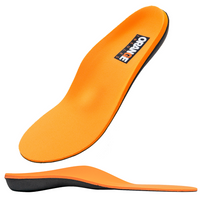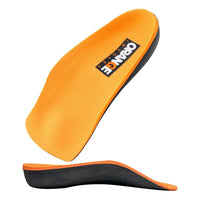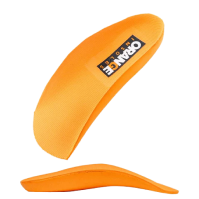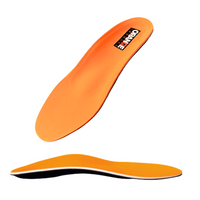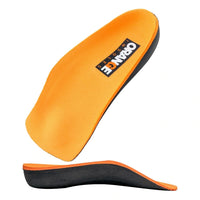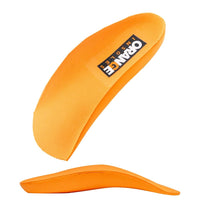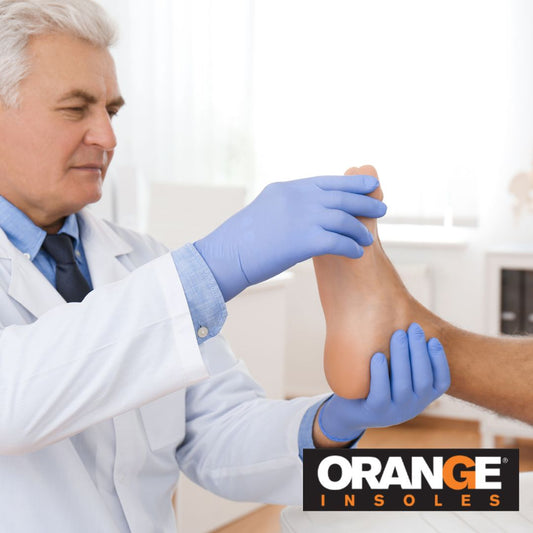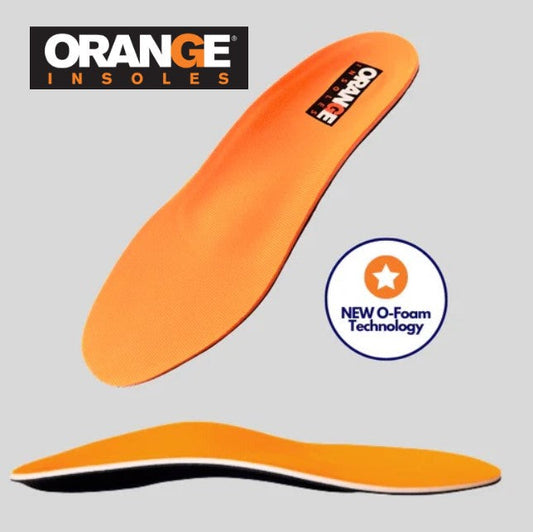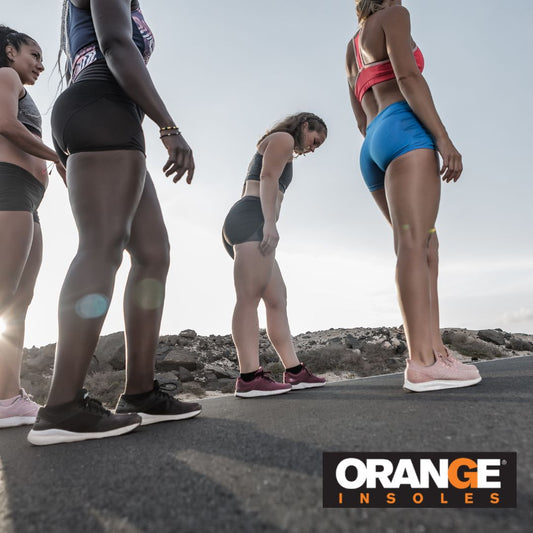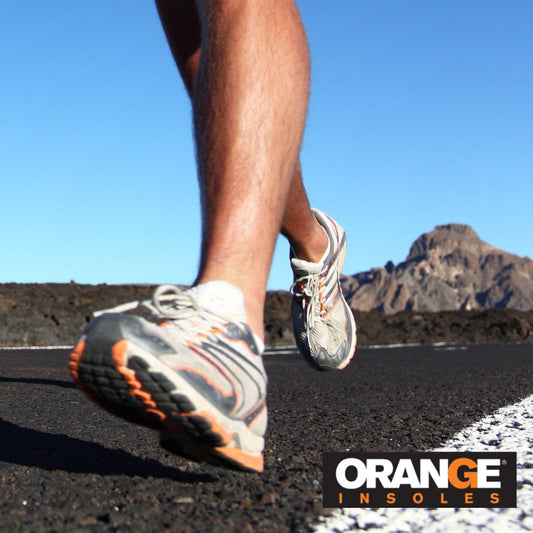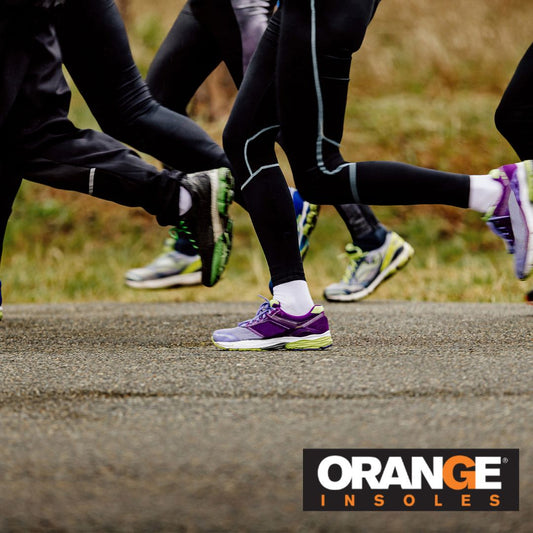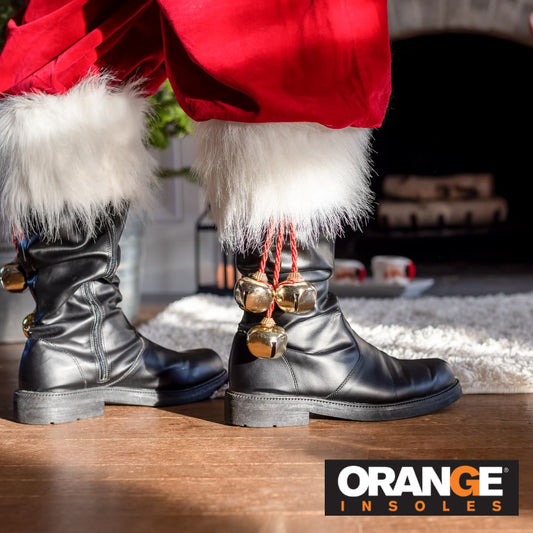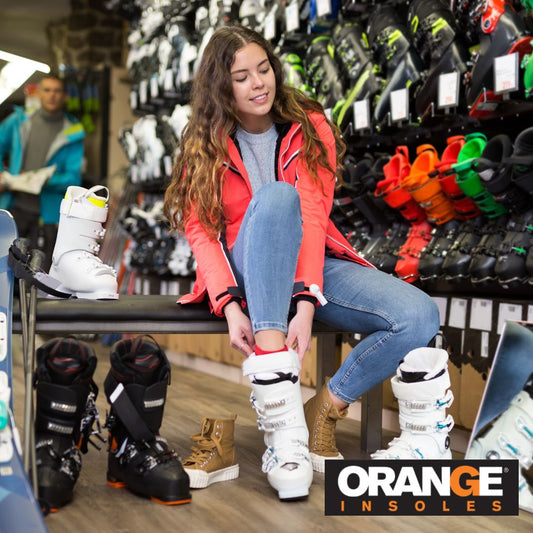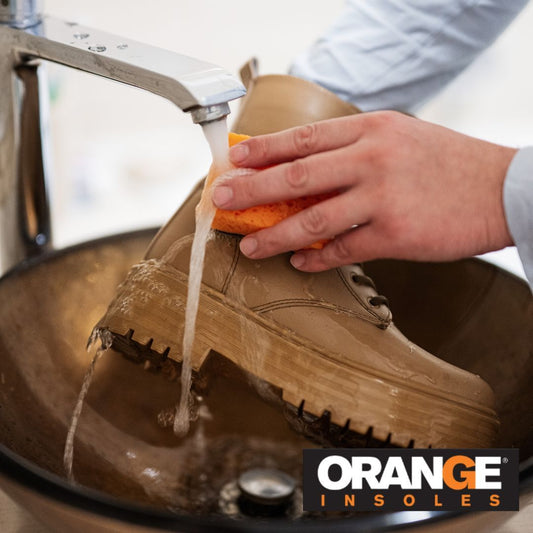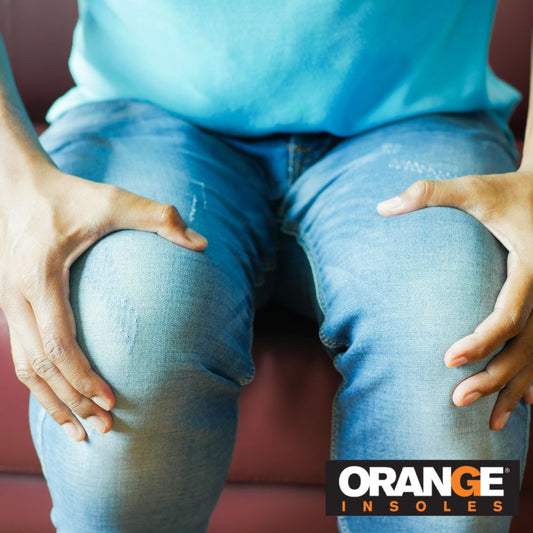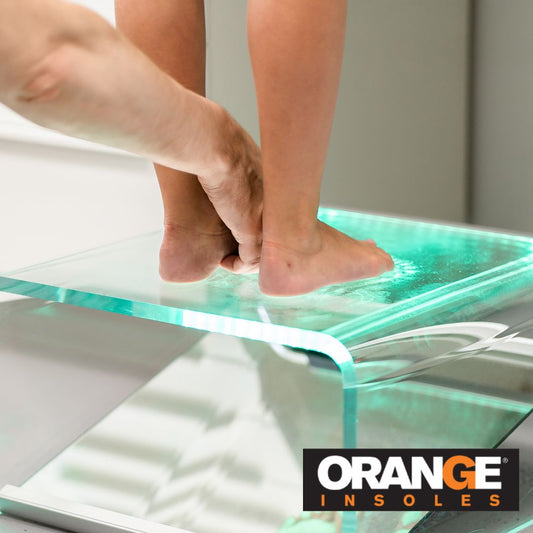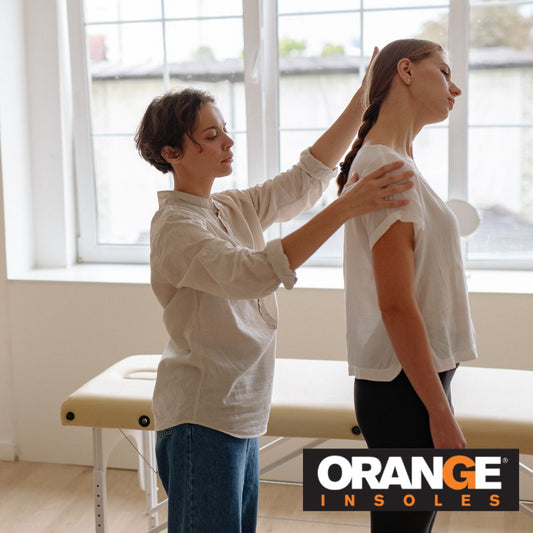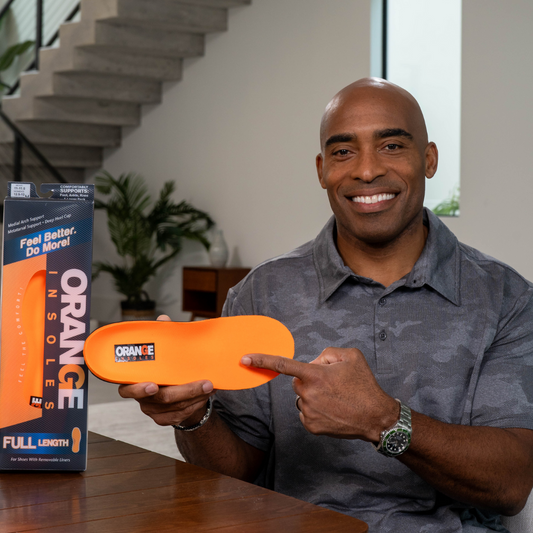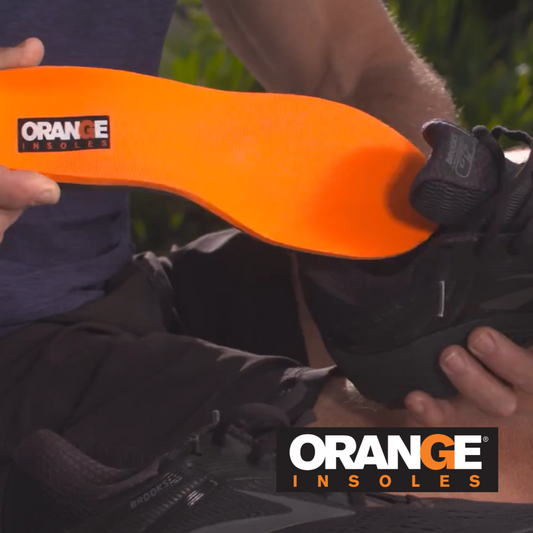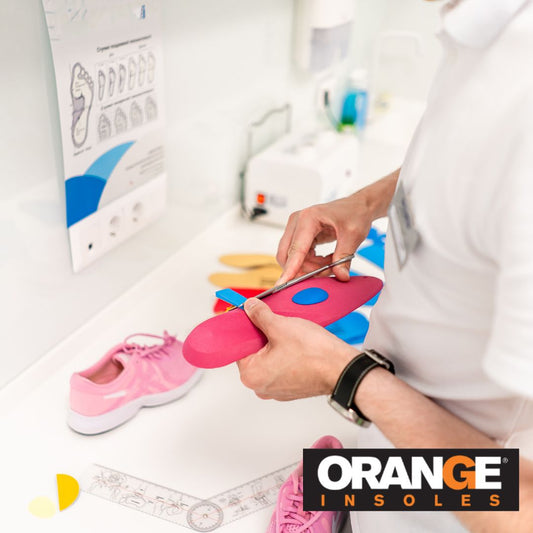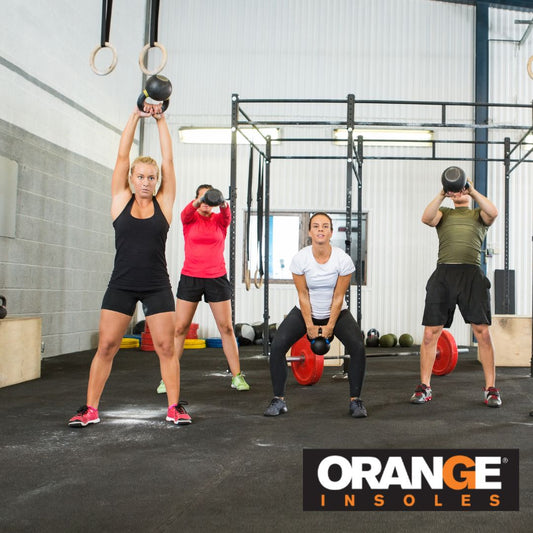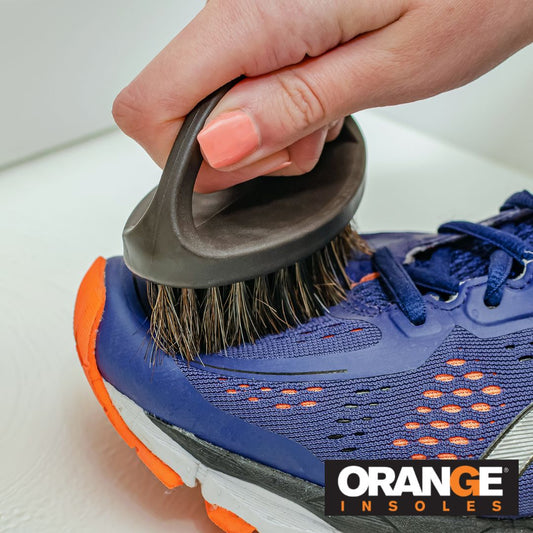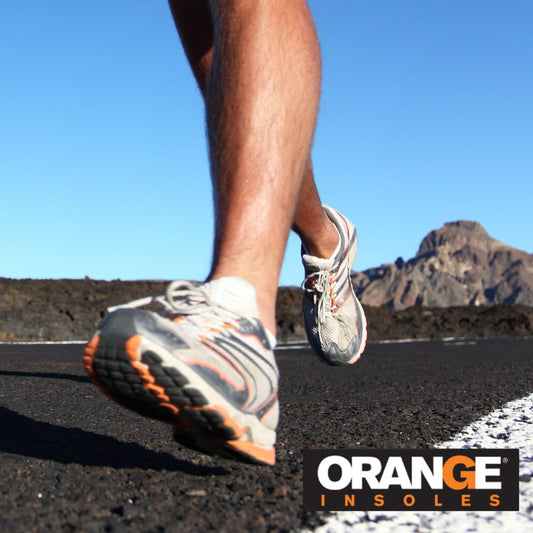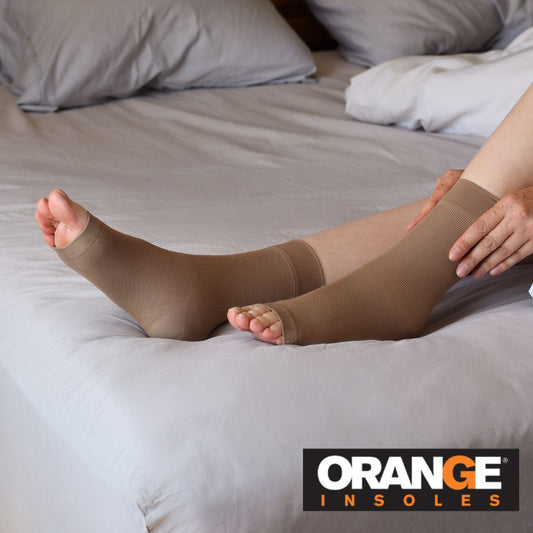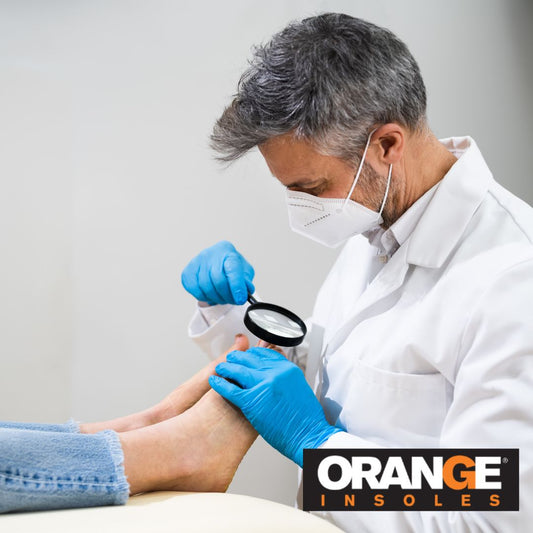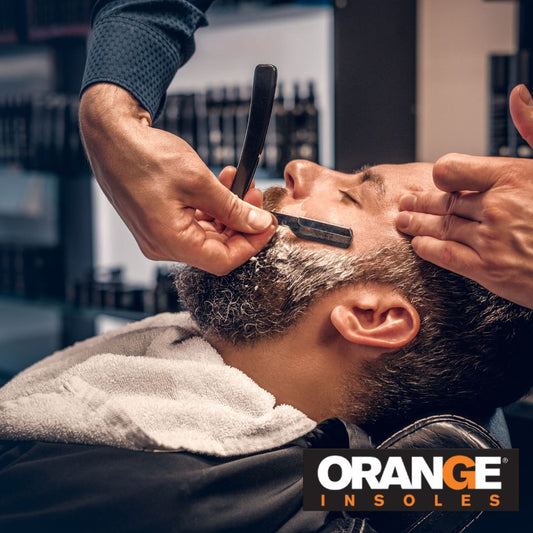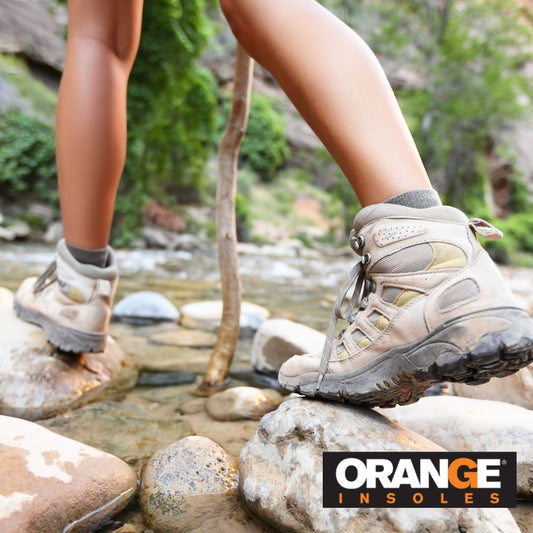Running a marathon is one of the most inspiring challenges you can take on. Whether you're aiming to check it off your bucket list or test your endurance, the journey from beginner to marathoner is rewarding—but it’s not something you want to rush into.
From choosing the right shoes to avoiding injury, here's your complete guide to training smart, running strong, and crossing that 26.2-mile finish line.
Step 1: Commit to the Training
Marathons are as much about mental grit as physical endurance. Start by giving yourself enough time—at least 16 to 20 weeks of dedicated training is ideal for beginners. Follow a plan that gradually builds mileage, includes rest days, and incorporates long runs to build stamina.
Look for a beginner-friendly training schedule with:
-
3–4 runs per week
-
One long run each week
-
Cross-training days (cycling, swimming, strength training)
-
Two rest or recovery days
Step 2: Choose the Right Running Shoes
Your shoes are your foundation—and picking the wrong pair can cause discomfort or even injury. If you're new to the running world, the Orange Running Shoe Guide breaks down the types of running shoes and how to choose the best pair based on your foot type, gait, and terrain.
If you’re logging long distances, you’ll want to consider maximum cushioning running shoes, which offer superior comfort and shock absorption to protect your joints during high-mileage days.
Pro Tip: Always break in your shoes with short runs before going long. And don’t forget about your insoles—Orange Insoles offer added arch and heel support to reduce fatigue and keep your stride aligned.
Step 3: Prevent Common Injuries
Running injuries can derail your training if you're not careful. The top three most common running injuries for beginners include:
-
Runner’s Knee: Pain around or behind the kneecap, often due to poor alignment or weak quads.
-
Shin Splints: Aching pain along the front of your lower legs, typically caused by overtraining or worn-out shoes.
-
Plantar Fasciitis: Heel pain from inflammation in the foot's arch—usually tied to poor support or overuse.
Stretch regularly, listen to your body, and scale back if something hurts. Consistency is key, but so is smart recovery.
Step 4: Pay Attention to Your Feet
Foot pain during training isn’t something to ignore. If your feet hurt every time you run, it may be your shoes—or the support inside them. In “Why Do My Feet Hurt When I Use Running Shoes?”, Orange Insoles explains how poor alignment, lack of arch support, or tight calves can contribute to foot pain—and how the right insole can make a big difference.
Swapping out your standard shoe liner for an Orange insole can reduce strain and help you avoid mid-training burnout.
Step 5: Fuel the Right Way
You can’t run on an empty tank—literally. Marathon training requires more calories and hydration to support increased activity. Make carbs your friend, prioritize lean proteins, and drink plenty of water throughout the day.
On long run days, experiment with:
-
Energy gels or chews
-
Sports drinks with electrolytes
-
Small snacks like bananas or granola bars
Test your fueling strategy during training—not on race day!
Step 6: Taper Before Race Day
The final 2–3 weeks before the marathon, you’ll reduce your mileage—this is called tapering. It gives your body time to recover, rebuild, and show up on race day feeling fresh.
Stick to the plan, resist the urge to “squeeze in one last long run,” and trust your training.
Step 7: Gear Up and Go!
On race day, stick to what you’ve practiced:
-
Wear your tried-and-true gear
-
Use familiar shoes and insoles
-
Stick to your fueling schedule
-
Pace yourself early—it’s a marathon, not a sprint
For a simpler guide. feel free to copy paste the full checklist for your first marathon preparation!
A Marathon Runner’s Checklist
-
Training & Preparation
-
Follow a 16–20 week plan with progressive long runs (at least one 18–20 miler).
-
Schedule cut-back weeks and a proper taper.
-
Incorporate rest days and cross-training.
-
Gear
-
Shoes fitted for your gait and cushioning needs.
-
Insoles (like Orange Insoles) and moisture-wicking socks.
-
Tested race-day outfit on long runs.
-
Running belt or pouch for essentials.
-
Weather-specific items (hat, sunglasses, sunscreen, throwaway layers).
-
Health & Injury Prevention
-
Consistent stretching and foam rolling.
-
Monitor warning signs of injury and adjust as needed.
-
Seek professional advice (physical therapy, sports massage) for nagging issues.
-
Nutrition & Hydration
-
Carb-load 2–3 days pre-race.
-
Practice in-race fueling with gels/chews at consistent intervals.
-
Hydrate well during race week.
-
Light, familiar pre-race breakfast.
-
Mental Preparation
-
Visualize a successful race and plan for tough miles.
-
Have a pacing strategy (including if you plan run/walk intervals).
-
Aim for realistic yet motivating goals (A, B, and C goals).
-
Race Logistics
-
Confirm race bib pickup details and any expo information.
-
Know the course: water stations, restrooms, medical stations.
-
Plan transportation to the start line, allowing extra time.
-
Race-Day Strategy
-
Start easy; don’t get pulled into the excitement and go too fast.
-
Adjust pacing if it’s hot or you encounter hills.
-
Consider walking breaks if needed.
-
Post-Race Recovery
-
Cool down with light walking.
-
Refuel with carbs and protein ASAP.
-
Gentle stretching, foam rolling later in the day.
-
Celebrate and allow rest days before returning to training
🧡 Finish Strong with Orange Insoles
For any runner, from novice to experienced, good foot support is vital. Orange Sport Insoles were recently introduced as an option specifically designed for runners! The thin, athletic profile and our exclusive O-FOAM technology are designed to align your stride, absorb shock, and reduce fatigue so you can go the distance—comfortably.
Not quite sure which insoles are best for you? Take a few minutes to use our Insole Finder and take your training to the next level.
